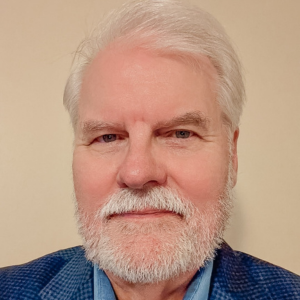Nomenclature is important. The difference between communicating 'outputs' and 'outcomes' can lead to an increase in or lack of long-term funding for a nonprofit.
Since it's summer, I'll use a YMCA pool example to illustrate this difference. The local YMCA may be raising money to expand or renovate its pool. The facility provides swimming lessons to 350 kids a year. They have two swim teams and numerous summer camp programs taking advantage of sunny days in the water at the pool. The expansion will double this number. That's all we have to show our prospective donors... right? Not if you want bigger dollars and true investors!
Every element I described above is an output, not an outcome.
The outcomes of our proposed expansion would include children in the community saved from drowning because they had swimming lessons at the YMCA, teenagers and young adults employed through the YMCA, the value of volunteer hours, the value of team sports, increased visibility and membership for the YMCA, and even the positive community impact of more kids at the Y summer camp.
Simply put, outputs are what your program or organization produces, or more typically, measures of activity. Outcomes are the direct, intended impact on the stakeholders the organization and its programs exist to serve.
Outcomes are what current and prospective investors in a nonprofit increasingly mandate. While it's important to record outputs by an organization, it has become imperative to report outcomes or anticipated outcomes to its investors and potential investors.
Recently a report, A National Imperative: Joining Forces to Strengthen Human Services in America, was commissioned by the Alliance for Strong Families and Communities and the American Public Human Services Association. The report posits that Community-Based Organizations (CBO) must deliver outcomes or face financial vulnerability.
The reportâs focus started with the financial health of human services CBOs. The key findings and conclusions encompass a broader spectrum of the whole human services ecosystem, outlining its value to the United States.
Providing these services is 'a moral imperative.' The improved outcomes also 'benefit society as a whole, through reduced costs and higher productivity.'
The future economic and social potential of human services are unlocked, the report suggests, by five key challenges and roadblocks to overcome called North Star Initiatives. The first Star mentioned is a 'commitment to measure long-term outcomes associated with human services interventions, and to skew funding to programs with demonstrable and highly promising impacts.' In other words, investors want Investable OutcomesTM.
Impacts (and outcomes) are not subjective. They are demonstrable and measurable. In the book, The Five Minute Fundrai$er, my colleague and author Tom Ralser details the introduction of outcomes to an aspiring fundraising professional, Marley, through a conversation with the Executive Director of a successful nonprofit.
The Executive Director says, ‘old school fundraisers have said for years that the reason people give to nonprofits is because of connections between individuals.’ While acknowledging the importance of connection and an emotional appeal, he goes on to say, 'I believe people give money to nonprofits because they want to see good things happen, things they care about. I've never met a person yet who likes to see their money wasted; the reason they are ultimately giving money is because of an organization's outcomes.'
As Robert Penna asserted in The Nonprofit's Outcomes Toolbox, if a nonprofit's programs are what they do, and their output is the product of what they do, the outcome is what happens because of that product.
A few examples of outcomes from nonprofits we have worked with:
- Children born healthy because of proper prenatal care
- Jobs created because of industrial recruiting efforts
- Kids not arrested because of proactive afterschool programs
- Population increases in ducks because of the acres of wetlands conserved
- Increase in earnings of graduates because what they learned in the program made them more employable
Outcomes are essential in earning the right to ask for big dollars in a fundraising campaign. But a careful approach must be taken in evaluating your outcomes. The very first step is determining which of your outcomes is most valuable to your donors or investors. Measuring these Investable Outcomes is the next step. And finally, you must position and communicate them effectively in order to utilize their critical fundraising advantage and justify large investments in your campaign.
If you need help with any (or all) of these steps, contact the funding strategy specialists at Convergent Nonprofit Solutions today. Our professional fundraising services can help you determine your Investable Outcomes and prepare for a successful campaign.







